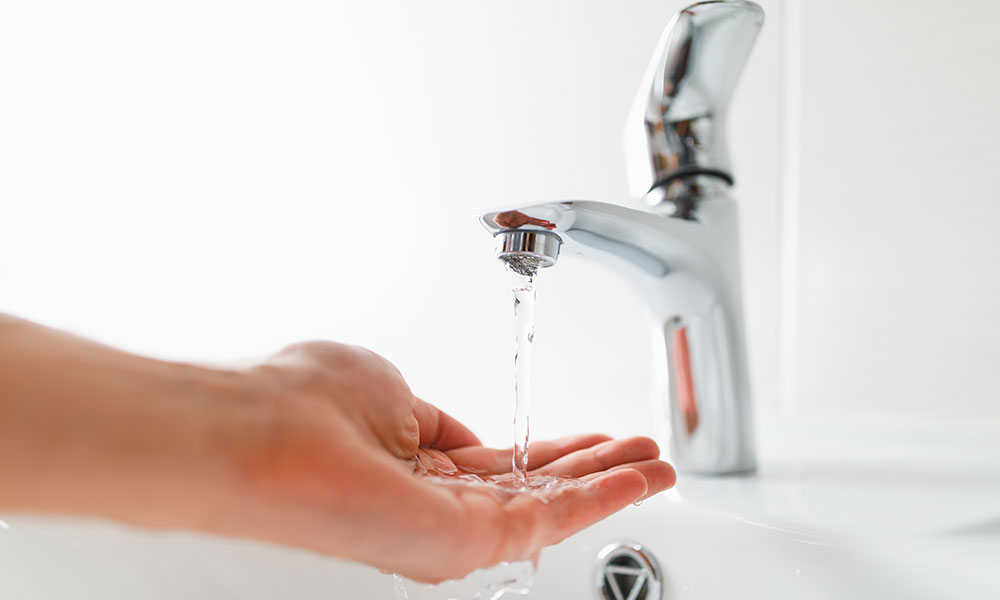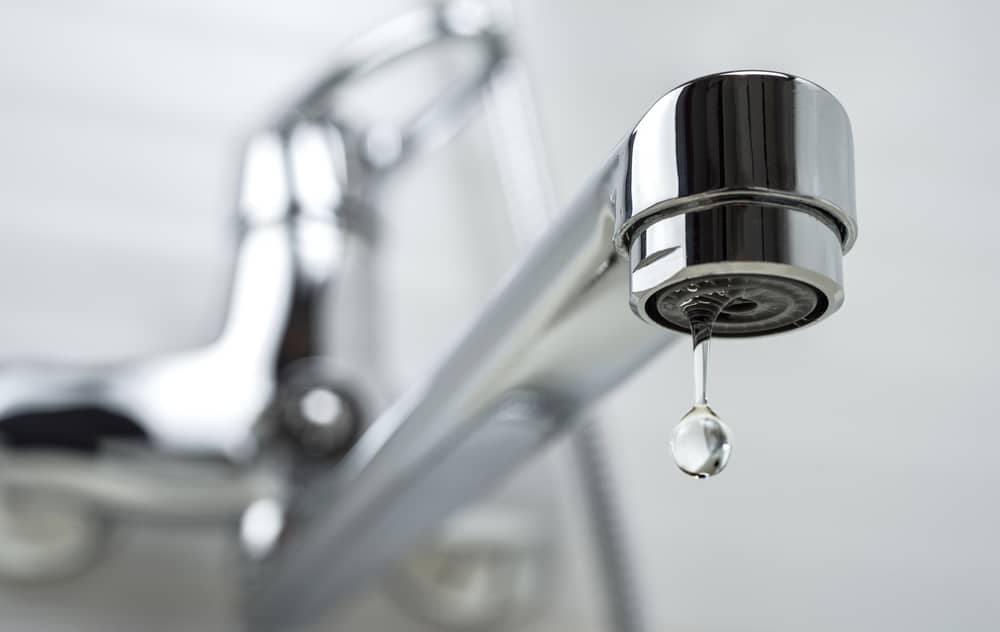Fast Remedies for Low Water Pressure in Your Home
Fast Remedies for Low Water Pressure in Your Home
Blog Article
What are your concepts on Dealing with Low Water Pressure in Your Home?

Low water pressure in your home can be a frustrating issue, affecting every little thing from showering to cleaning recipes. If you're experiencing weak water flow, there are a number of feasible reasons and remedies to explore. In this overview, we'll talk about typical reasons for low water stress and functional steps to address the concern properly.
Introduction to Low Water Pressure
Low water pressure happens when the circulation of water from your faucets, showers, and other components is weak than common. This can make day-to-day tasks much more challenging and much less efficient. Recognizing the reasons for low water stress is critical to locating the ideal service.
Usual Reasons For Low Water Stress
Faulty Pressure Regulatory Authorities
Stress regulatory authorities are responsible for maintaining regular water pressure in your home. If they malfunction, it can cause low tide pressure or unequal circulation throughout your home.
Local Water Supply Issues
In some cases, the problem lies outside your home. Local water supply problems, such as main line leakages or upkeep work, can briefly decrease water pressure in your location.
Pipe Obstructions
In time, pipes can come to be clogged with natural resource, sediment, or particles, restricting the circulation of water. This is a typical problem in older homes with galvanized steel pipelines.
Rust
Rust within pipelines can bring about leakages and decreased water stress. Rust accumulation can constrict water circulation, specifically in maturing plumbing systems.
How to Identify Low Tide Stress
Inspecting Pipelines
Examine visible pipes for signs of leakages, deterioration, or clogs. Take notice of any type of unusual noises, such as knocking or rattling pipes, which can show problems within the plumbing system.
Consulting with a Plumber
If you're unable to identify the source of low tide stress, take into consideration working with an expert plumber to carry out a thorough inspection. They can recognize underlying problems and advise suitable options.
Inspecting Faucets and Fixtures
Begin by testing the water pressure at various faucets and fixtures throughout your home. If the problem is separated to particular locations, it might show localized issues.
Do It Yourself Solutions to Deal With Low Tide Stress
Flushing Hot Water Heater
Sediment build-up in the hot water heater can limit circulation and lower performance. Purging the tank occasionally helps remove debris and preserve optimum performance.
Checking Stress Regulator
Make sure that the pressure regulator is functioning properly. Changing or changing the regulator can aid bring back appropriate water stress throughout your home.
Cleaning Aerators and Showerheads
Mineral deposits can build up in aerators and showerheads, lowering water flow. Get rid of and clean these components routinely to boost water stress.
Clearing Up Clogs in Piping
For small clogs, try utilizing a plumbing snake or chemical drainpipe cleaner to clear blockages in pipes. Be cautious when making use of chemicals and adhere to security standards.
When to Call a Professional Plumber
If DIY initiatives fail to resolve the problem or if you presume substantial plumbing issues, it's best to look for aid from a qualified plumber. They have the experience and devices to attend to intricate issues securely and properly.
Preventive Measures to Preserve Water Pressure
Setting Up a Pressure Booster
Think about installing a pressure booster pump to boost water pressure in locations with consistently low flow. This can be especially useful for multi-story homes or homes with high-demand components.
Tracking Water Usage
Be mindful of water usage habits and avoid ill-using the plumbing system. Basic adjustments, such as astonishing showers and washing tons, can help keep sufficient water stress.
Routine Upkeep
Schedule regular maintenance for your plumbing system to stop problems such as deterioration, leaks, and blockages. Resolving small issues early can assist stay clear of even more considerable repairs later.
Verdict
Handling low water pressure can be frustrating, yet determining the underlying reasons and applying appropriate solutions can recover ideal circulation throughout your home. Whether it's cleaning up aerators, inspecting pipes, or speaking with a plumber, taking aggressive steps can ensure a constant supply of water for your everyday needs.
FOUR WAYS TO FIX LOW WATER PRESSURE NOW
Turning on a shower or faucet only to find the water comes out in a sad, slow drizzle is never a good feeling. How exactly are you supposed to wash a pan or take a quick shower when it takes 10 minutes just to rinse off a little soap? The good news is that when your water pressure is bad, there's always a cause: typically one that can be easily fixed. Here are some of the most common causes of low pressure and what you can do to fix the issue:
DEBRIS AND MINERAL DEPOSIT BUILDUPS
If you notice low water pressure from just one or two of the fixtures in your house, the problem likely has to do with debris buildup. Water is full of minerals and other debris, all of which can accumulate in your pipes and on your fixtures. This can cause a blockage that affects how much water flows through. To fix this, try filling a small plastic bag with white vinegar, and use a rubber band to hang it around your showerhead or faucet. Let the head of the fixture soak for a few hours, and the vinegar should loosen the deposits.
WATER LEAKS
Leaks are another common cause of low water pressure. If water is flowing out of your plumbing through a hole or crack before it can reach your fixture, the pressure coming out of the faucet or showerhead will be lower. A plumbing professional is your best bet for finding and repairing a leak in your water supply pipes.
Leaks are another common cause of low water pressure. If water is flowing out of your plumbing through a hole or crack before it can reach your fixture, the pressure coming out of the faucet or showerhead will be lower. A plumbing professional is your best bet for finding and repairing a leak in your water supply pipes.
A VALVE ISSUE
If you have low water pressure throughout your home, check your main shut-off valve to make sure it's completely open. You may also want to see if there's a pressure-reducing valve installed. If there is, have a plumber help you adjust the settings to get the pressure you're looking for.
OTHERS USING WATER
Believe it or not, your low water pressure could be caused by your neighbors. If you notice low pressure at certain times of day, it may be because you and the people living next to you have similar schedules - when everyone is showering at the same time, the pressure will be lower in every home. Low pressure throughout the neighborhood may also be caused by an issue with your municipal water supply. If that's the case, call the supplier to see if they're working on the issue.
https://www.rotorooter.com/blog/water-leaking/low-water-pressure-fixes/

As a fervent person who reads on 4 Ways to Troubleshoot Low Water Pressure, I assumed sharing that piece was a good idea. If you please pause to share this post if you enjoyed it. I take joy in your readership.
Call Today Report this page